Café Tender Buttons
Göksu Kunak Don’t Let Them Shoot the Kite
Apr. 26 - July 20, 2025

Göksu Kunak’s Don’t Let Them Shoot the Kite addresses issues of displacement, visibility, and societal belonging within the context of migration. The title refers to the 1989 film by Tunç Başaran and the novella by Feride Çiçekoğlu (1986), which tells the story of Barış, a boy living in a women's prison. For Kunak, the story serves as a multifaceted metaphor for migrant realities, self-determination, and resistance against social and political limitations. Kunak's interdisciplinary, research-based, performative practice connects art, history, and social politics.
A central element of the exhibition is the installation at Café Tender Buttons, which addresses migration from Turkey to Germany and its impact on current socio-political issues. Two sculptures, produced using 3D printing, are suspended freely in front of a large wall with video projections and drawings by the artist. The installation references photographs from the DOMiD archive that document gestures of workers in Turkey during the 1960s. These workers were subjected to degrading medical examinations by German doctors from 1961 to 1972, which would determine their "work suitability" and, consequently, their chance for a new life in Germany. The gestures refer to the emotional and physical experiences of the workers.
A white, embroidered curtain, commonly used in Turkish home décor, covers parts of the exterior façade of the Kestner Gesellschaft. It alludes to the tension between visibility and invisibility, between memory and repression — experiences of migrant life stories. The curtain becomes a metaphor for social exclusion and the feeling of alienation, central themes also in Başaran's film.
For the opening on April 25, 2025, Göksu Kunak presents a performance in public space, together with singer Saadet Türköz and saz musicians from the Can Arkadaş association. The performance deals with the political tension between Europe and the so-called "Middle East" and contrasts cultural traditions with contemporary subcultures. Kunak’s works engage in an artistic-social-political discourse on capitalist modernization, Orientalism, and self-Orientalization. This is particularly evident in their reference to Arabesque music — a genre that reflects the hopes and social struggles of rural migrants from Turkey in the 1960s. Arabesque serves Kunak as a cultural code to make migrant self-perception and societal frictions visible. Their performative and installation-based works create spaces for a nuanced engagement with identity, belonging, and political oppression. Kunak challenges normative paradigms and opens a platform for the complex, and often contradictory experiences of migrant realities.
Curator: Alexander Wilmschen
Assistant Curator: Emilia Radmacher
Curatorial Assistance: Janne Lampe
Göksu Kunak (b. 1985 in Ankara) is an artist, researcher, and writer based in Berlin. Their work centers on chronopolitics and hybrid texts that explore the performative languages of contemporary lifestyles, as well as non-Western and unorthodox dramaturgies. Influenced by Arabesk subculture and late modernities, Kunak creates speculative scenarios from real-life encounters that highlight the problematics of heteropatriarchal structures. Their interests also include Orientalism, self-Orientalization, self-censorship, and science fiction. Recently, Kunak has been developing score-based performances and installations that investigate simulacra and the muscle as an object—the body as sculpture. In 2025, Kunak received the Berlin Art Prize, awarded by the Academy of Arts on behalf of the Berlin Senate. Previously, they were nominated for the Dieter Ruckhaberle Award.

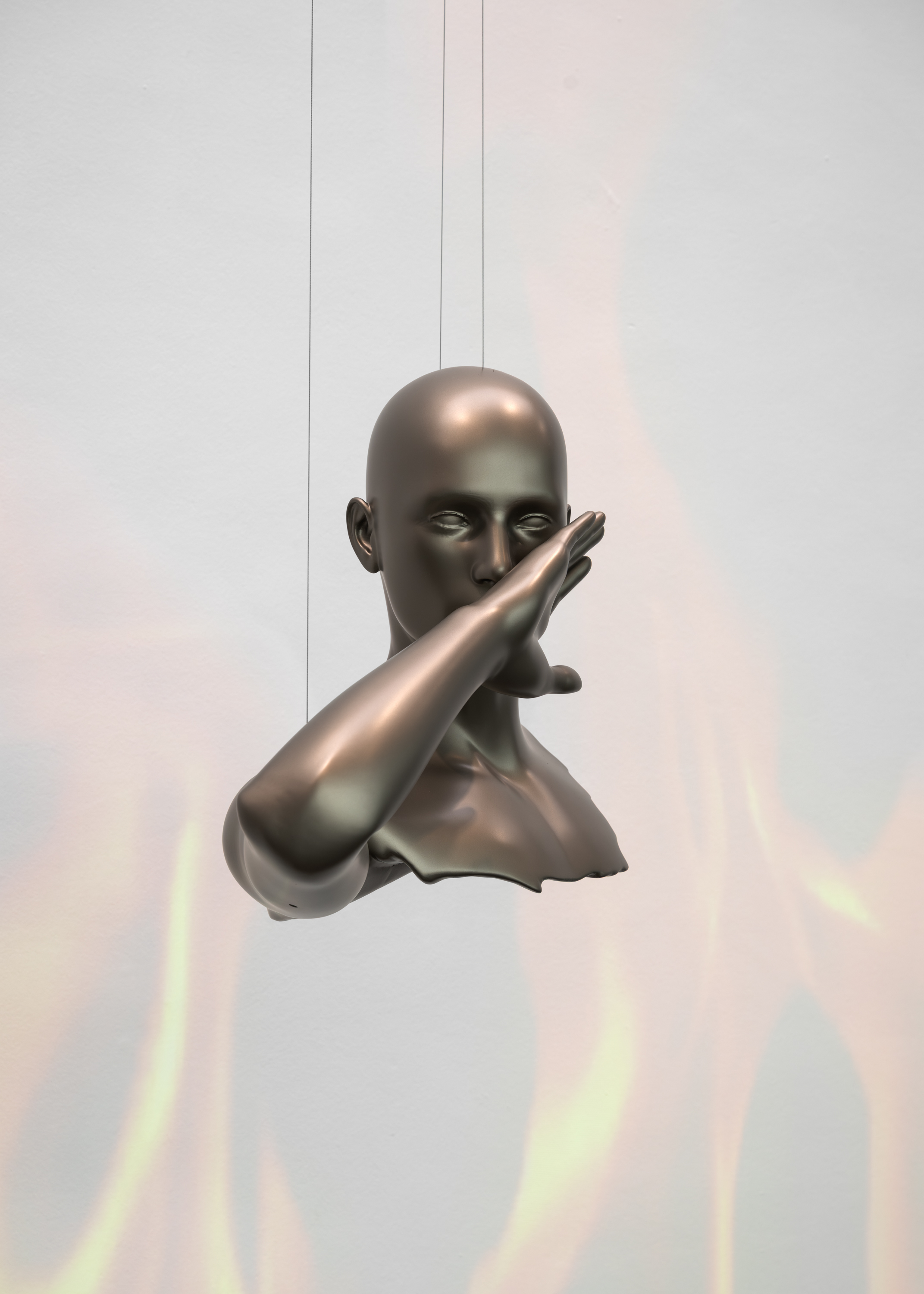
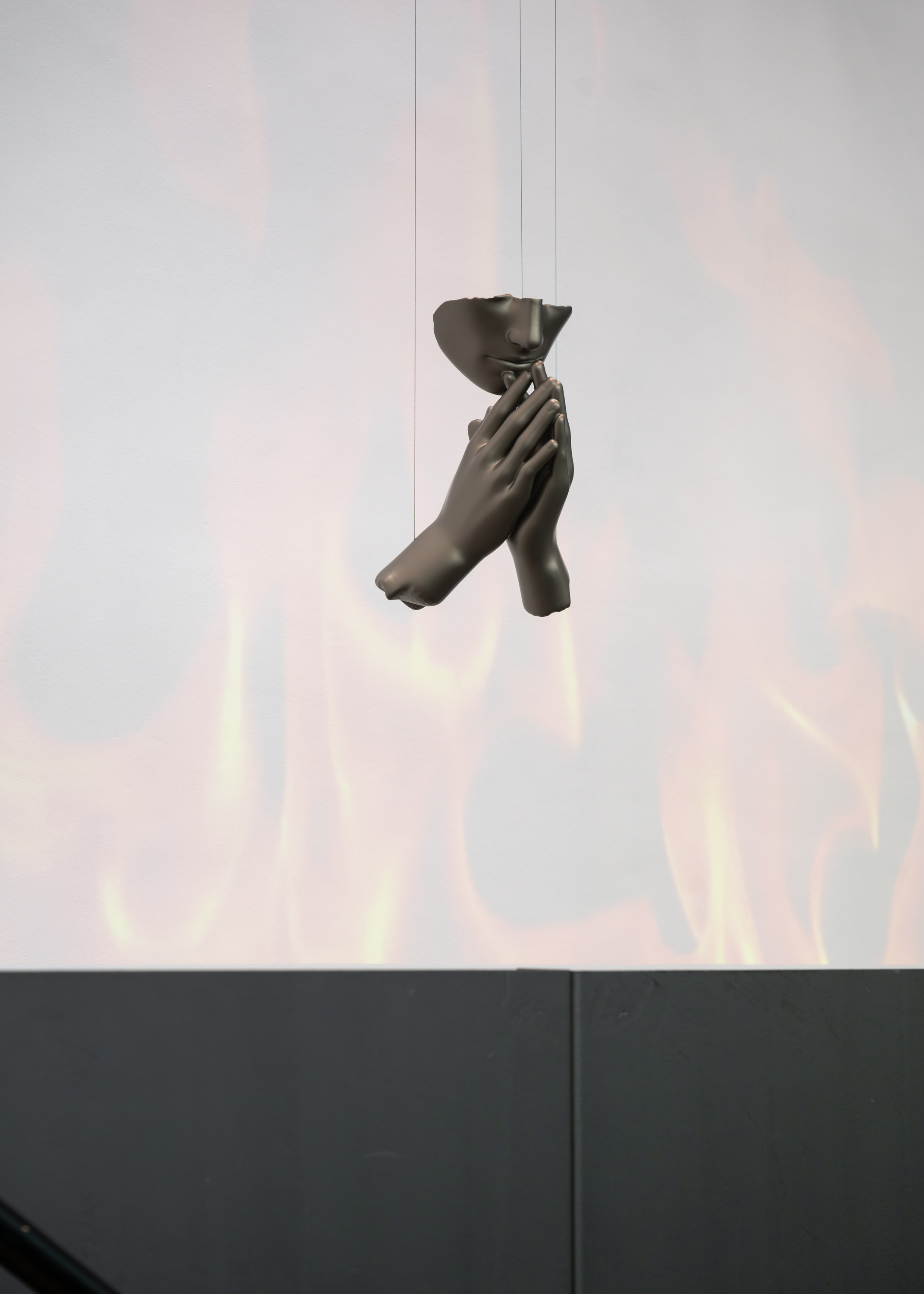

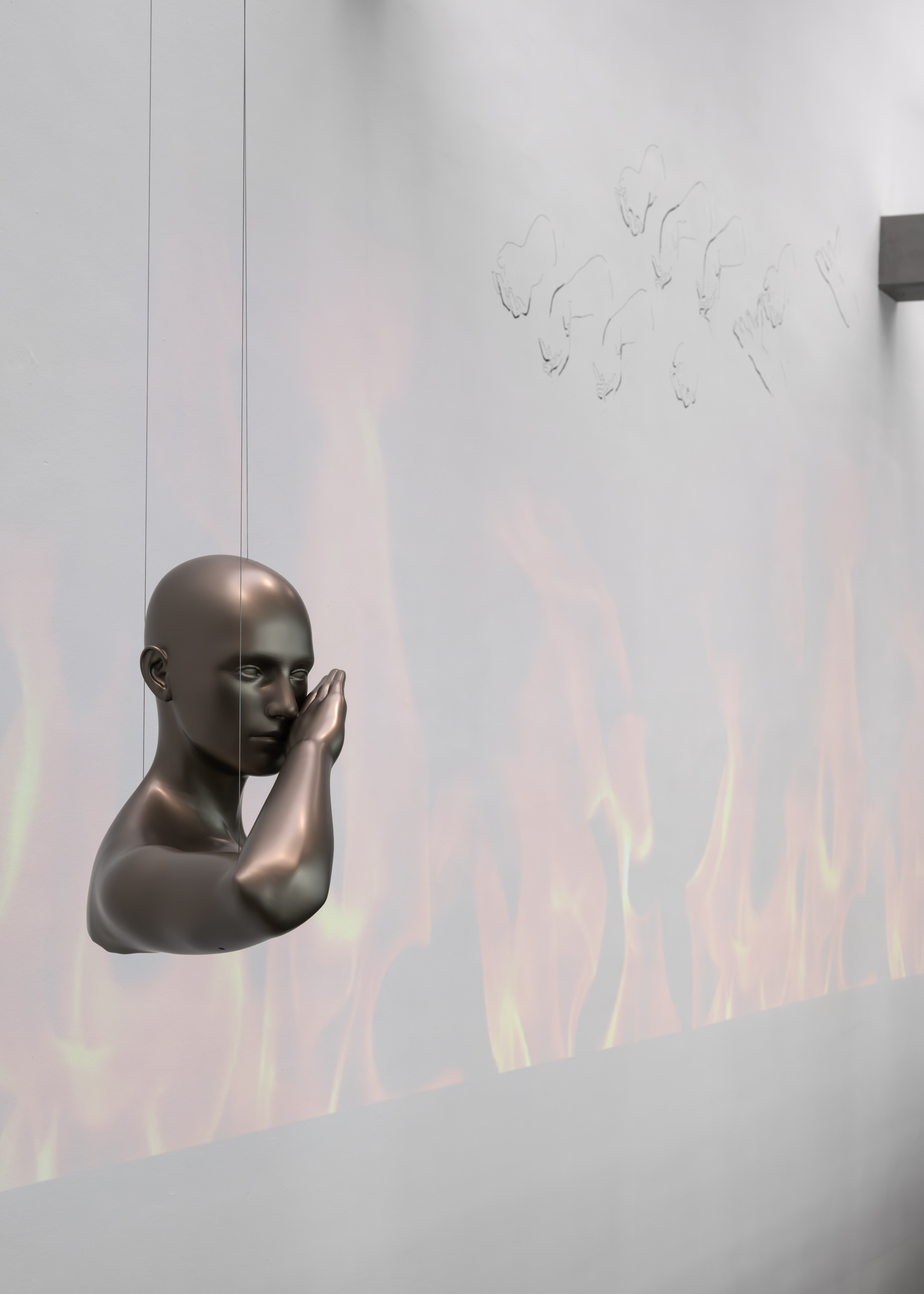
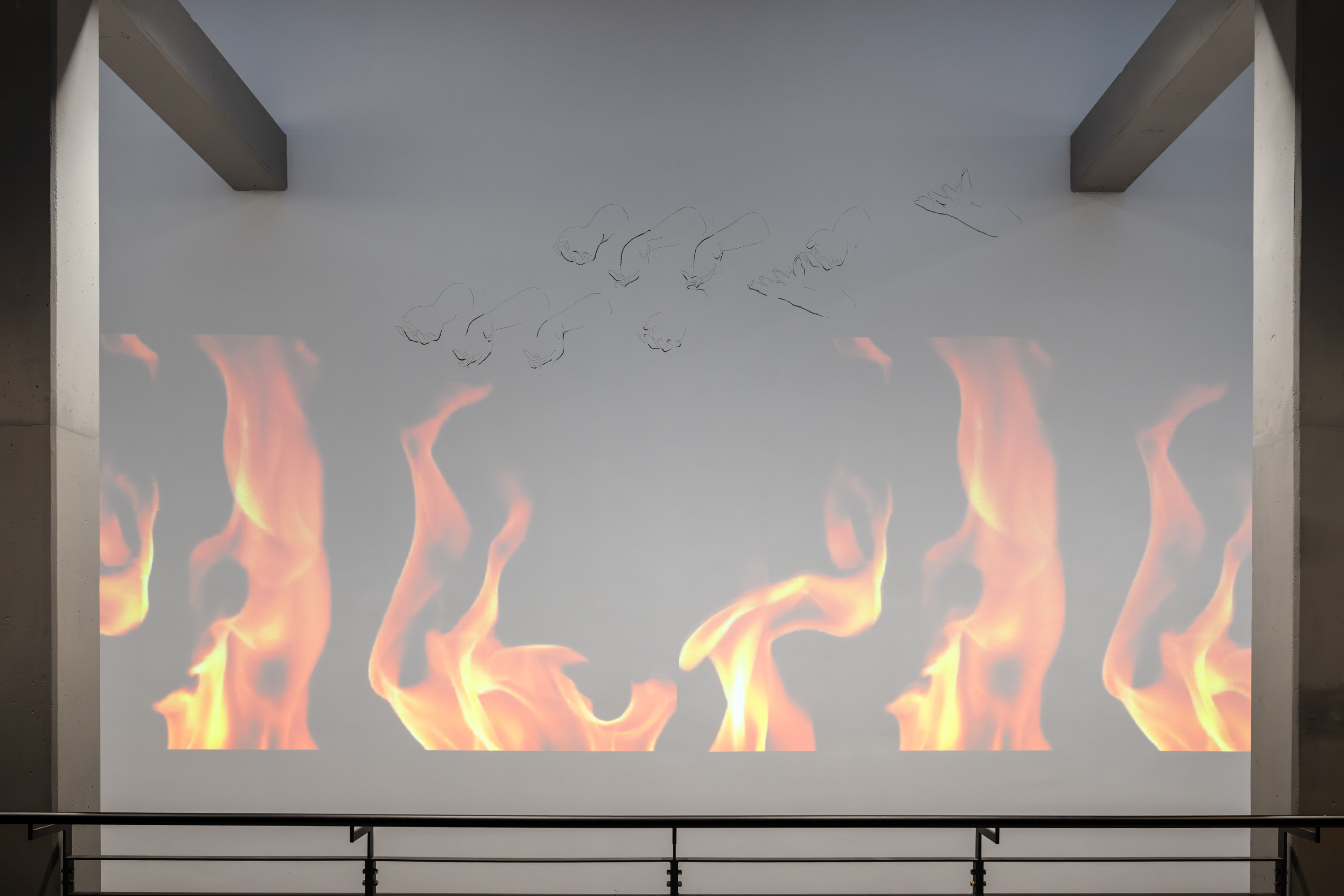


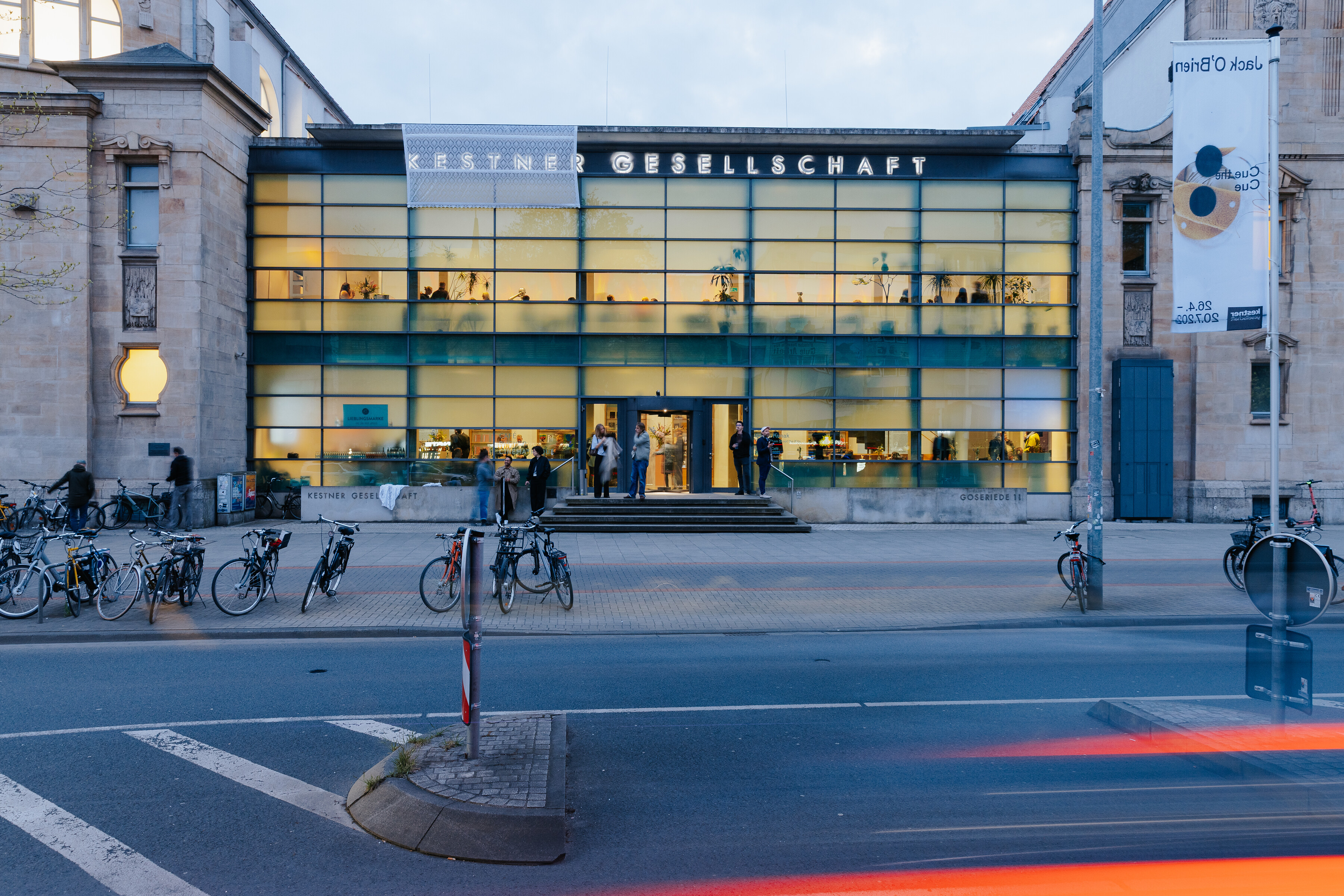
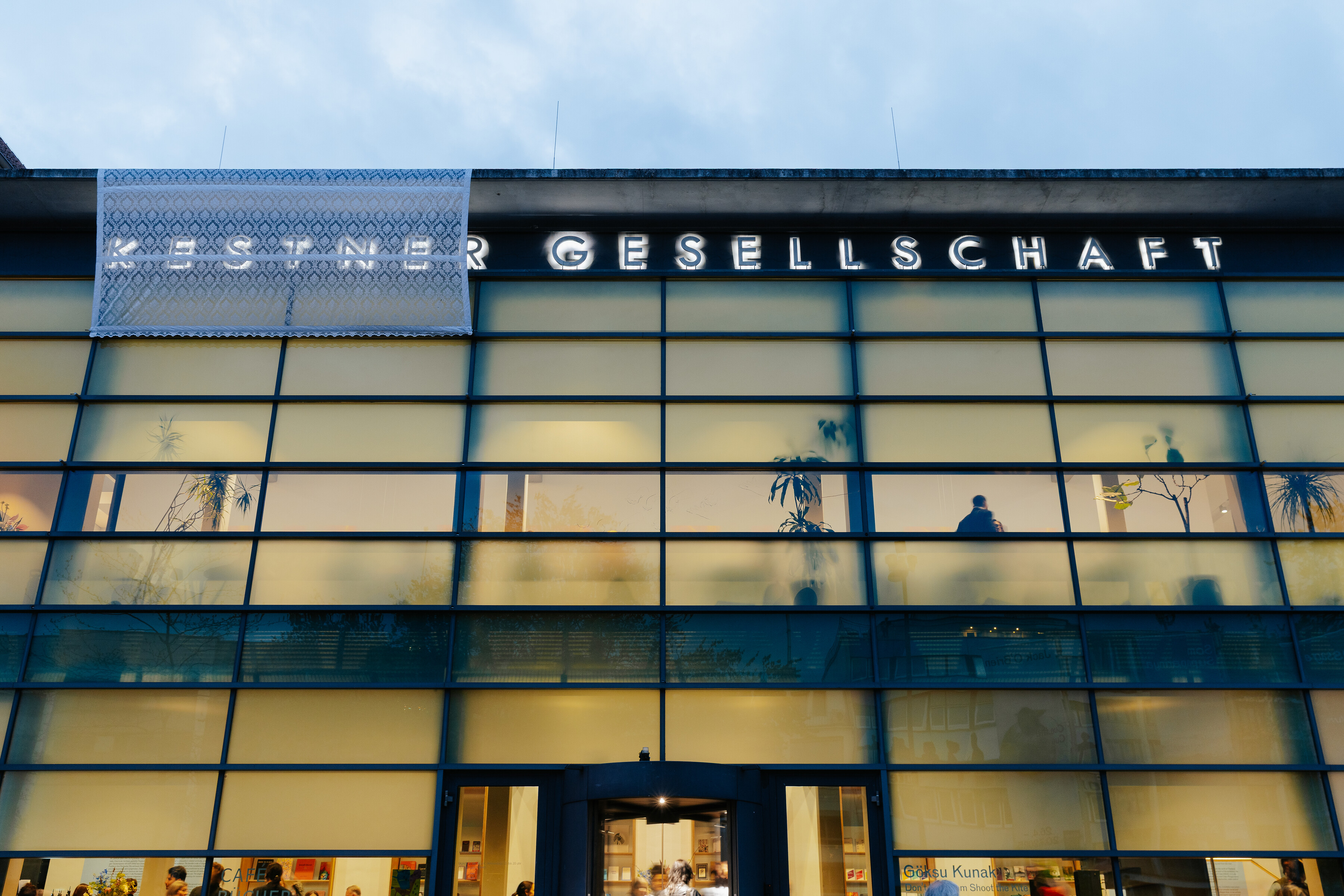
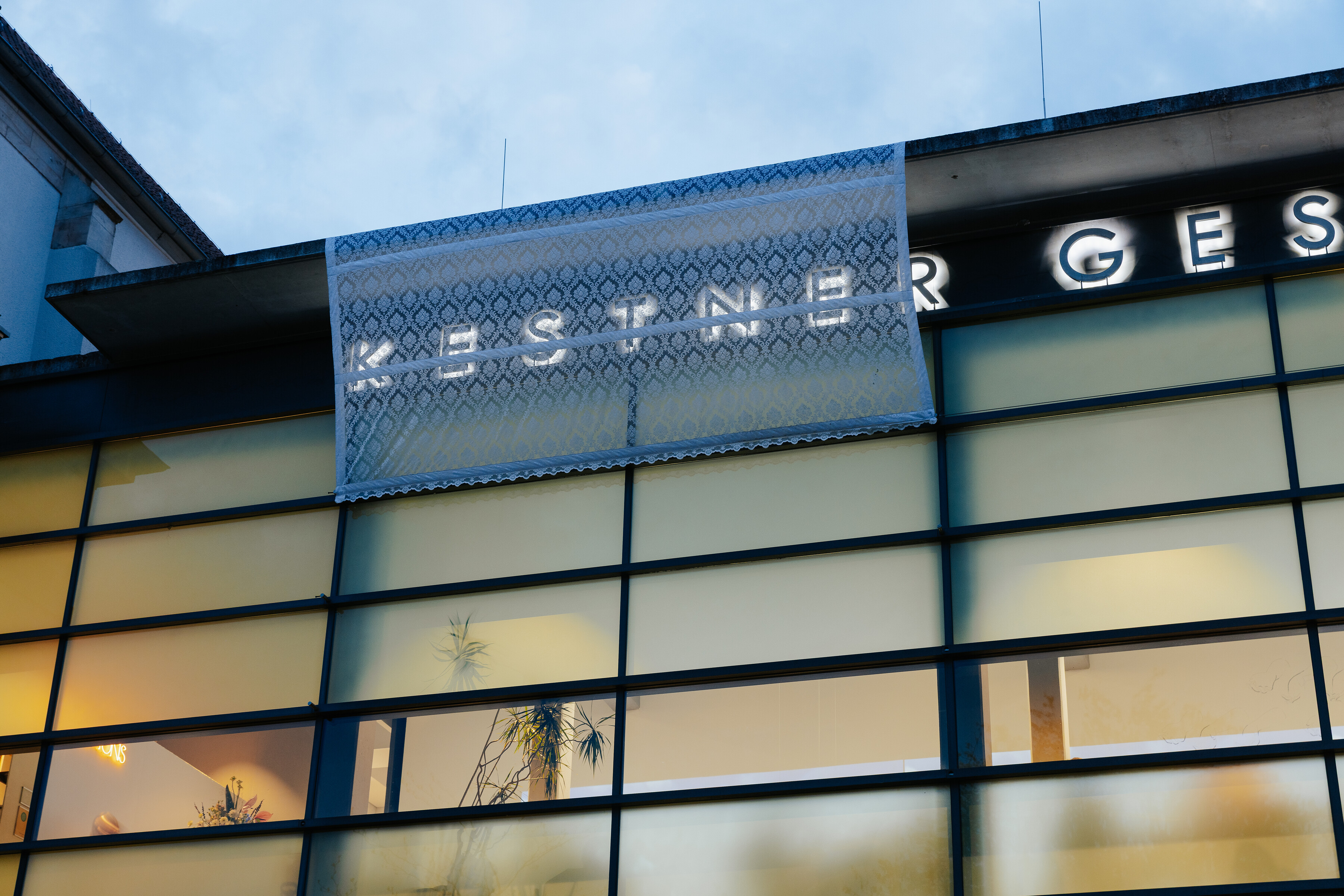
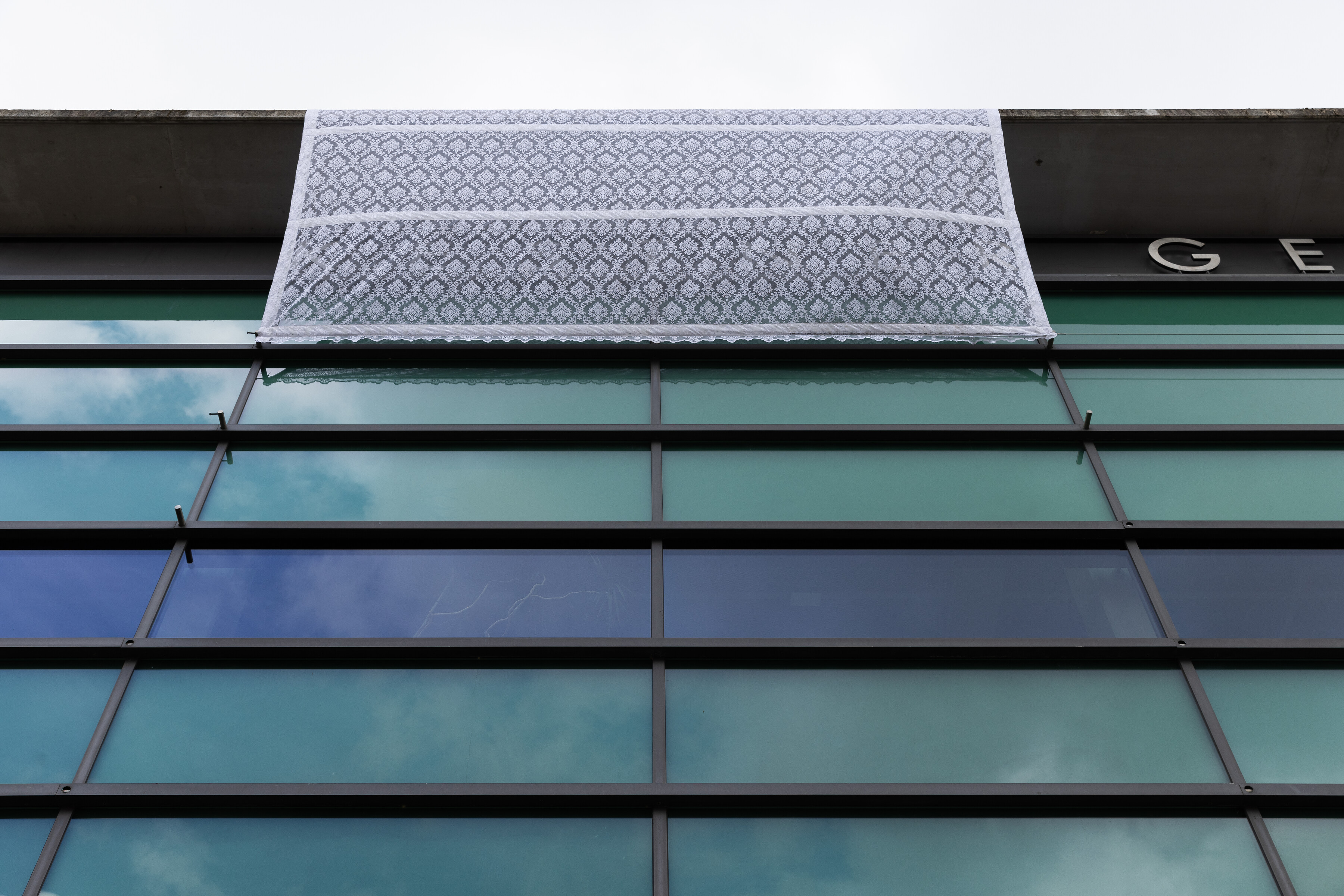
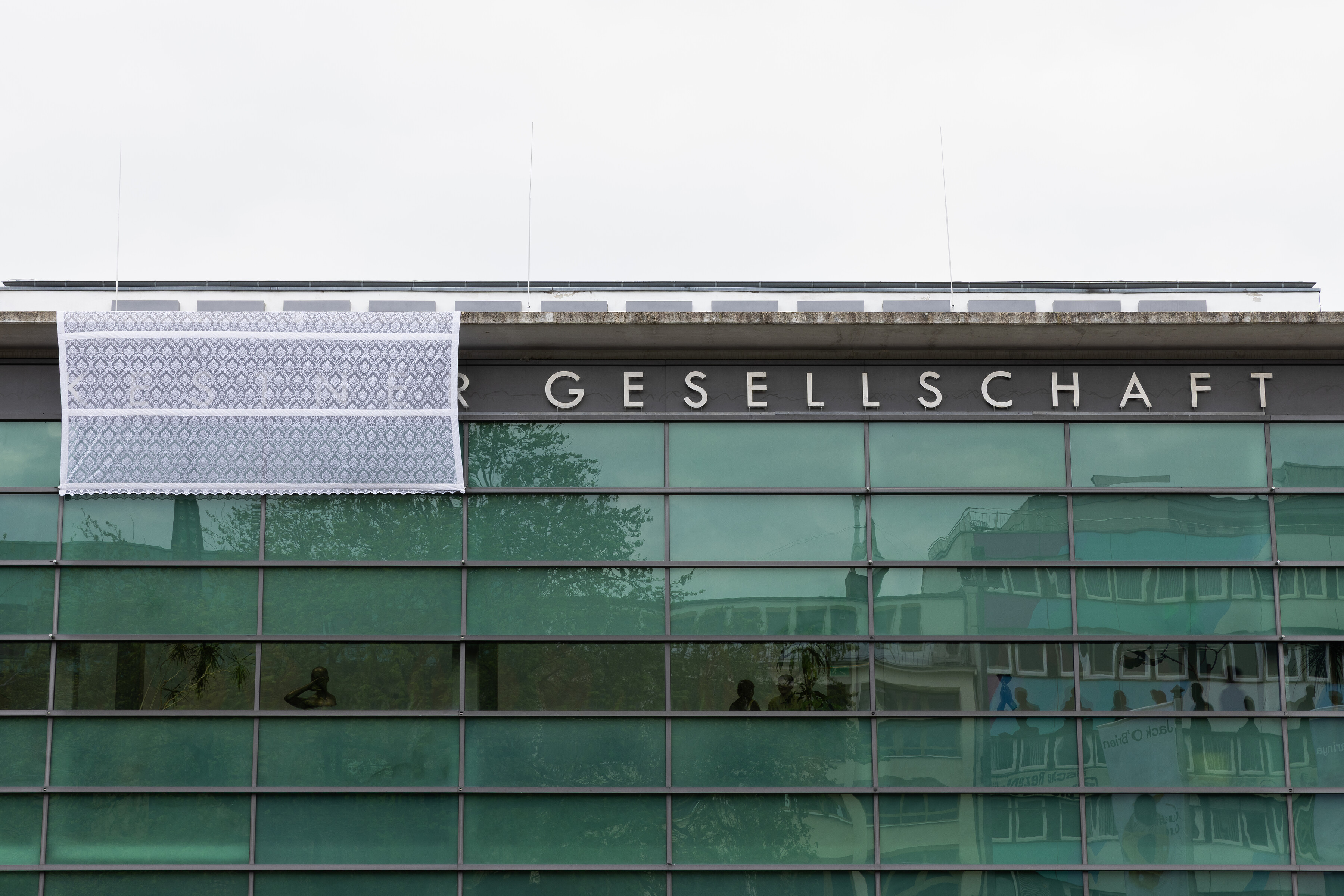
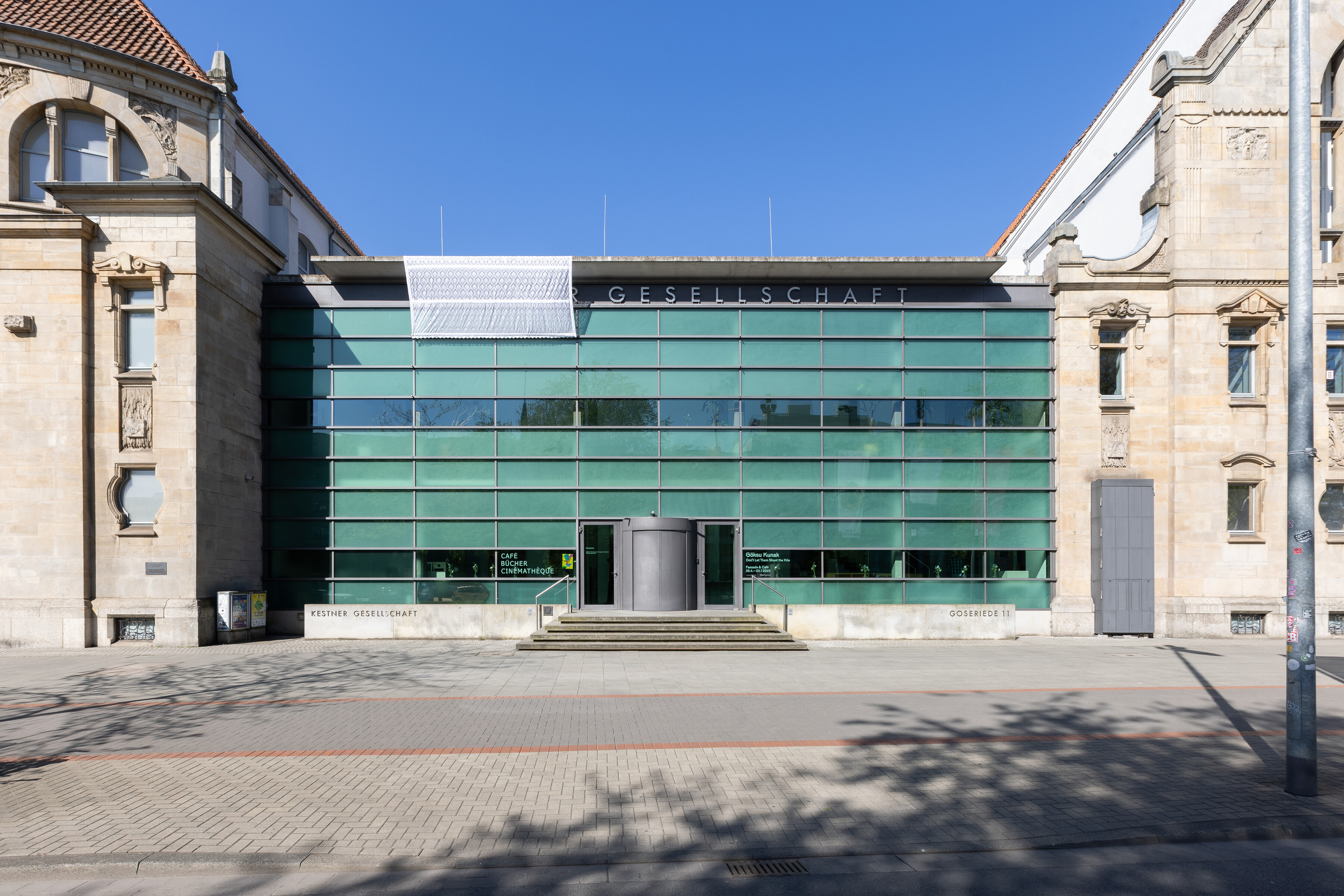
Visit us
Patrons / Partners

